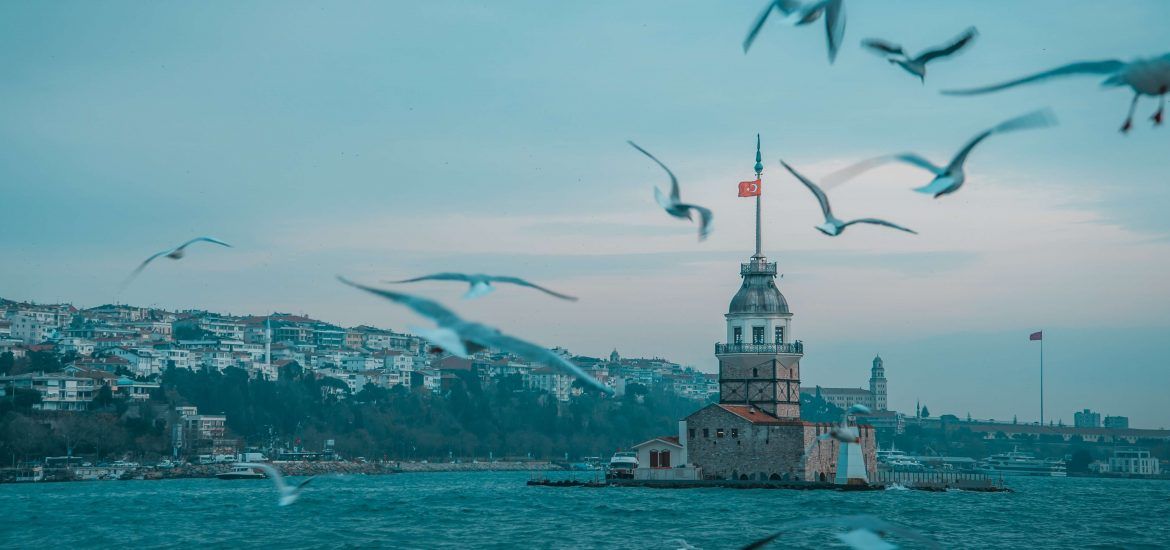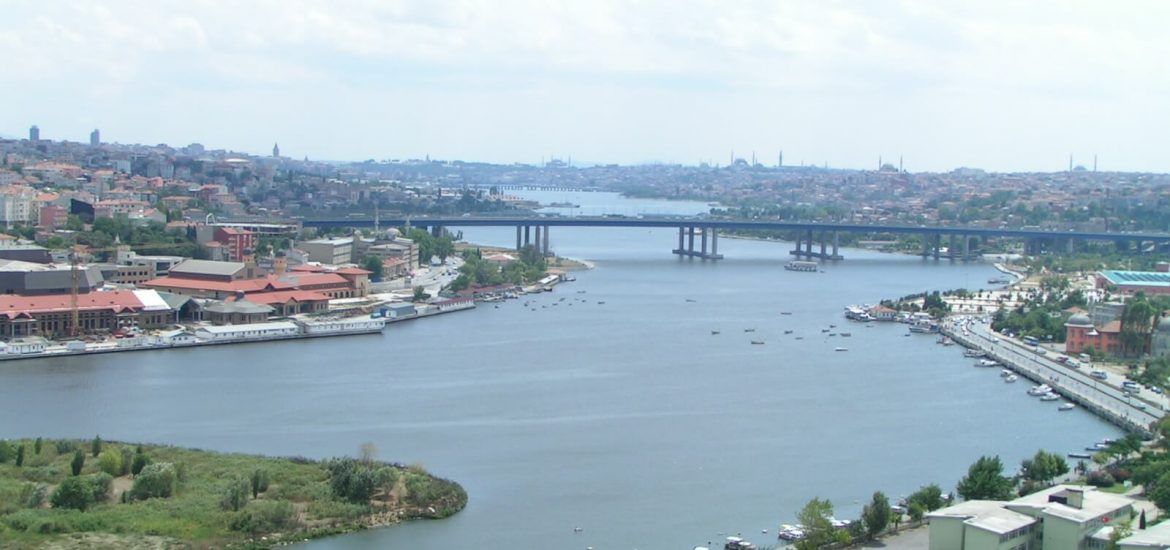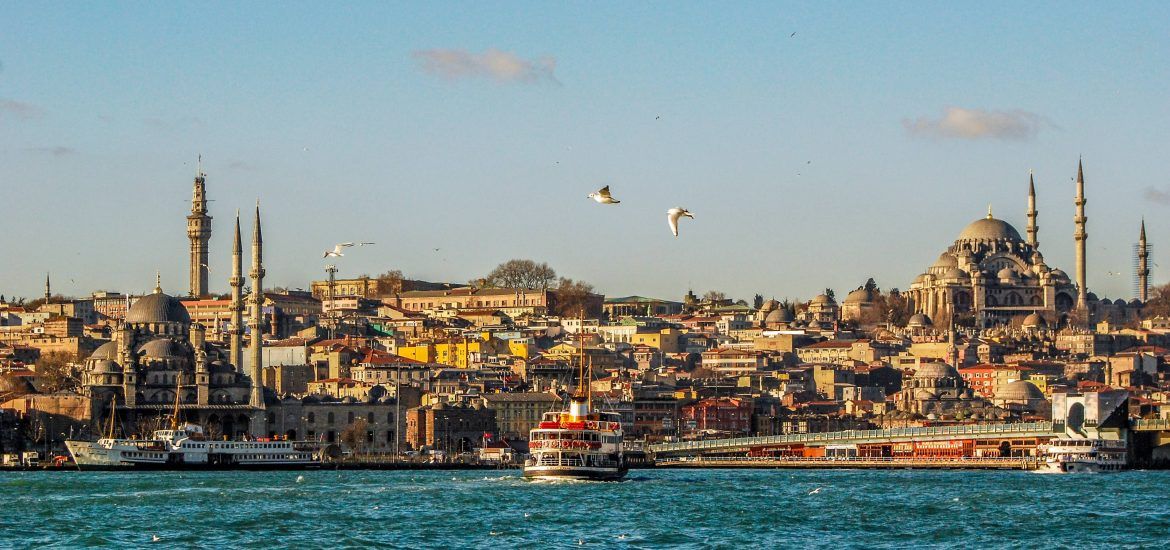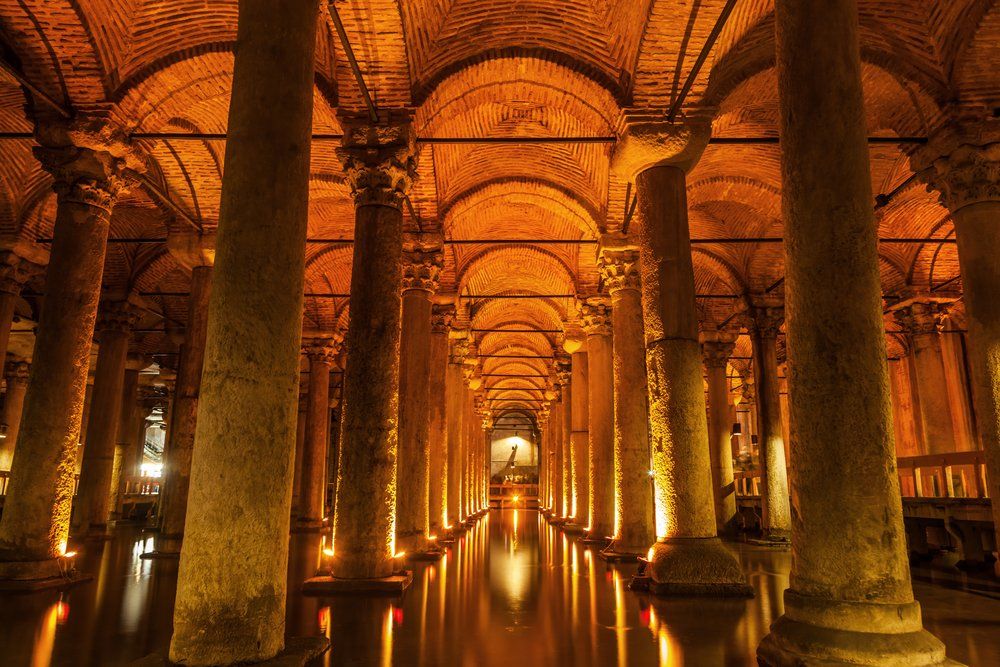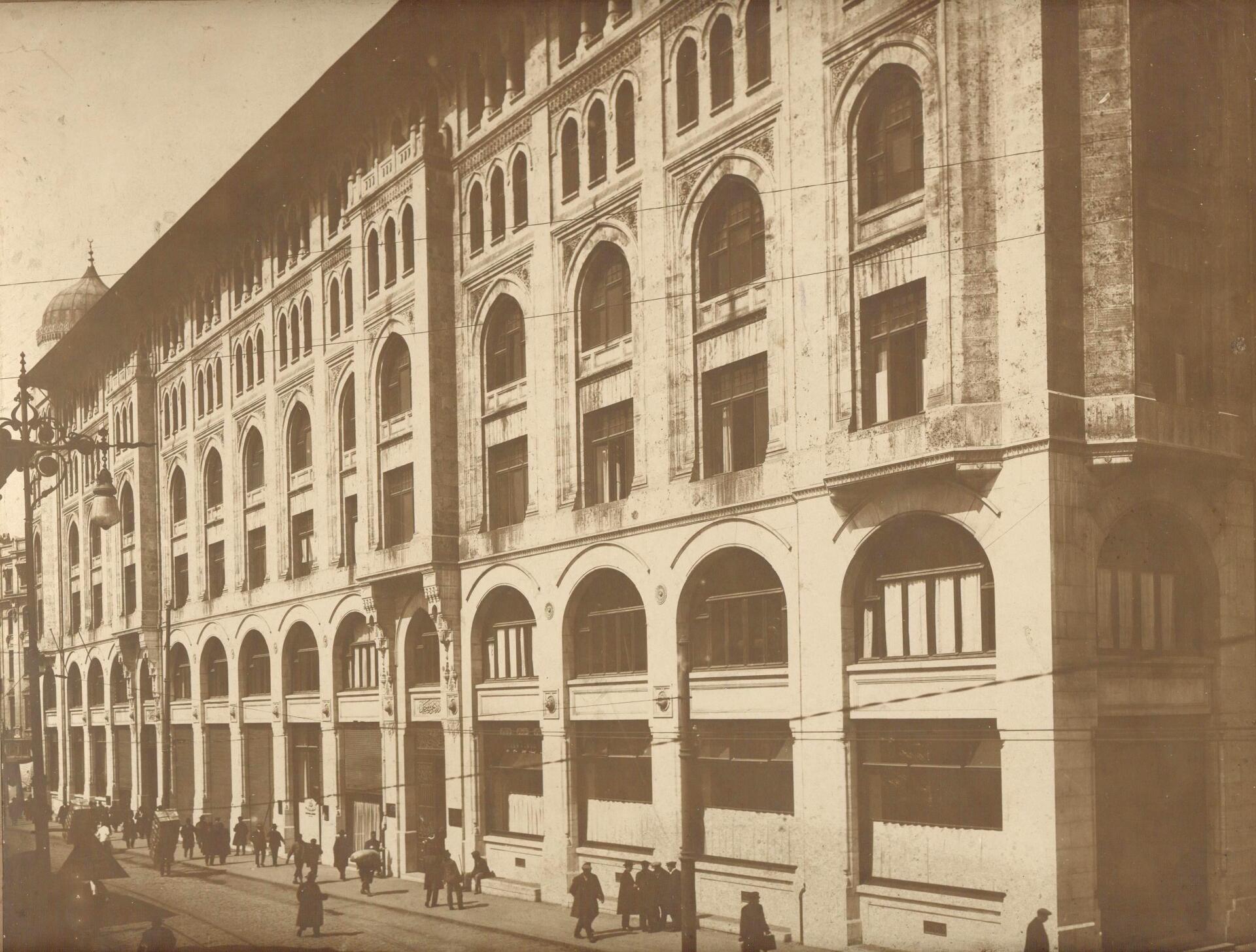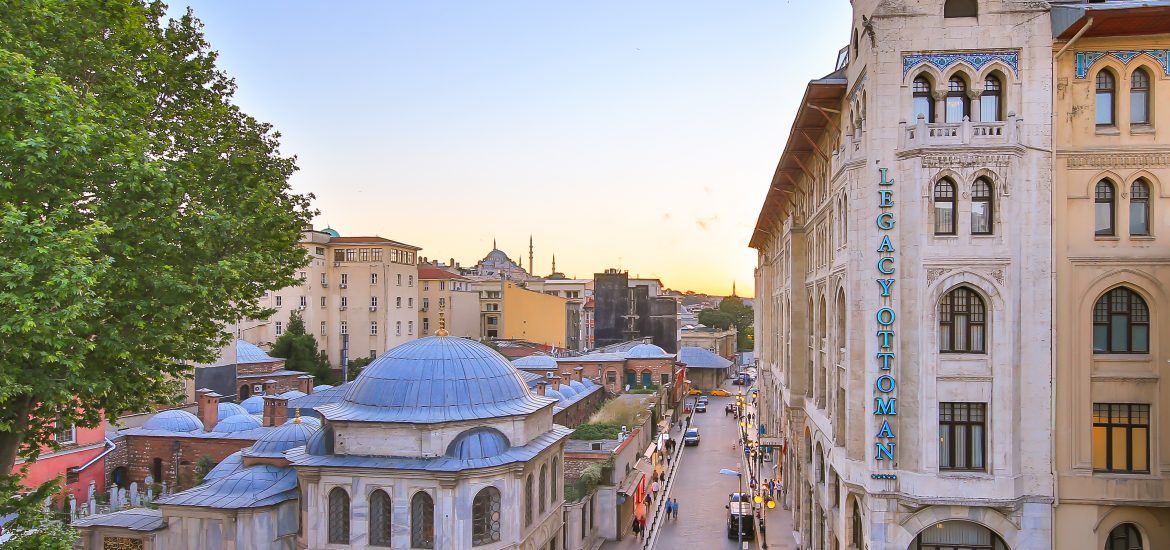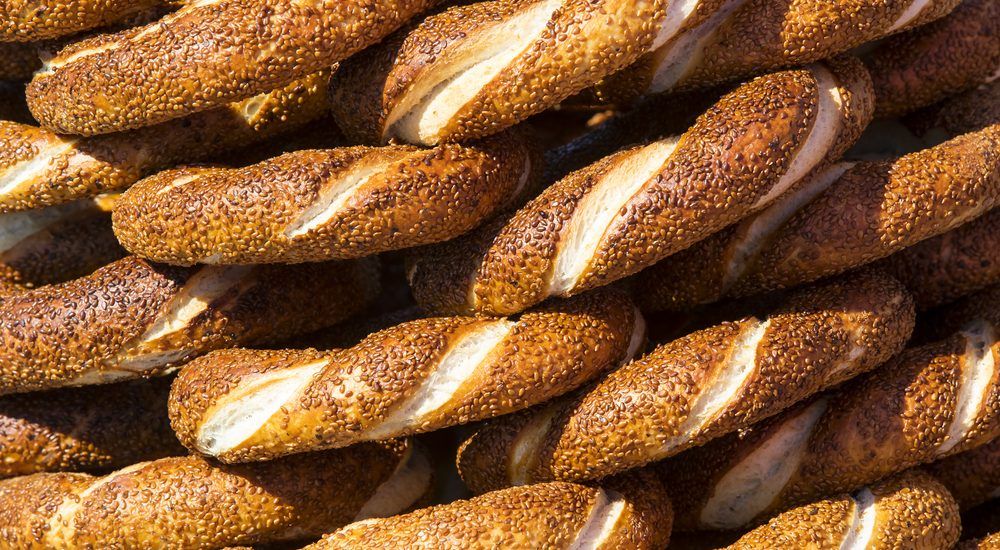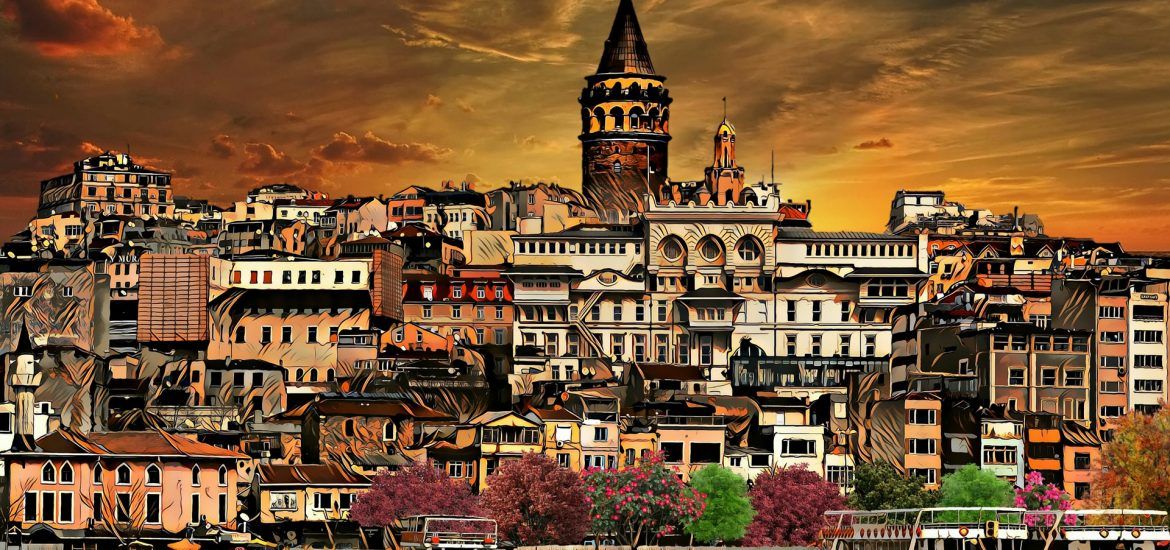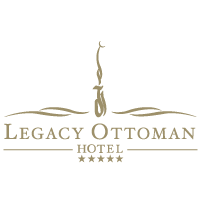Balat Tour: Cibali and Fener Districts
Balat is a small district in the center of Istanbul. Balat tour is one of the most entertaining activities for local and foreign visitors of Istanbul.
To visit the Balat region in the best way, it is necessary to visit the Cibali – Fener – Balat districts completely. On this walking route, you will discover cultural places and fun places where you can take pictures.
In this article, we will tell about Cibali and Fener regions. In our next content, you will find travel suggestions about Balat. You can view the Balat travel guide here.
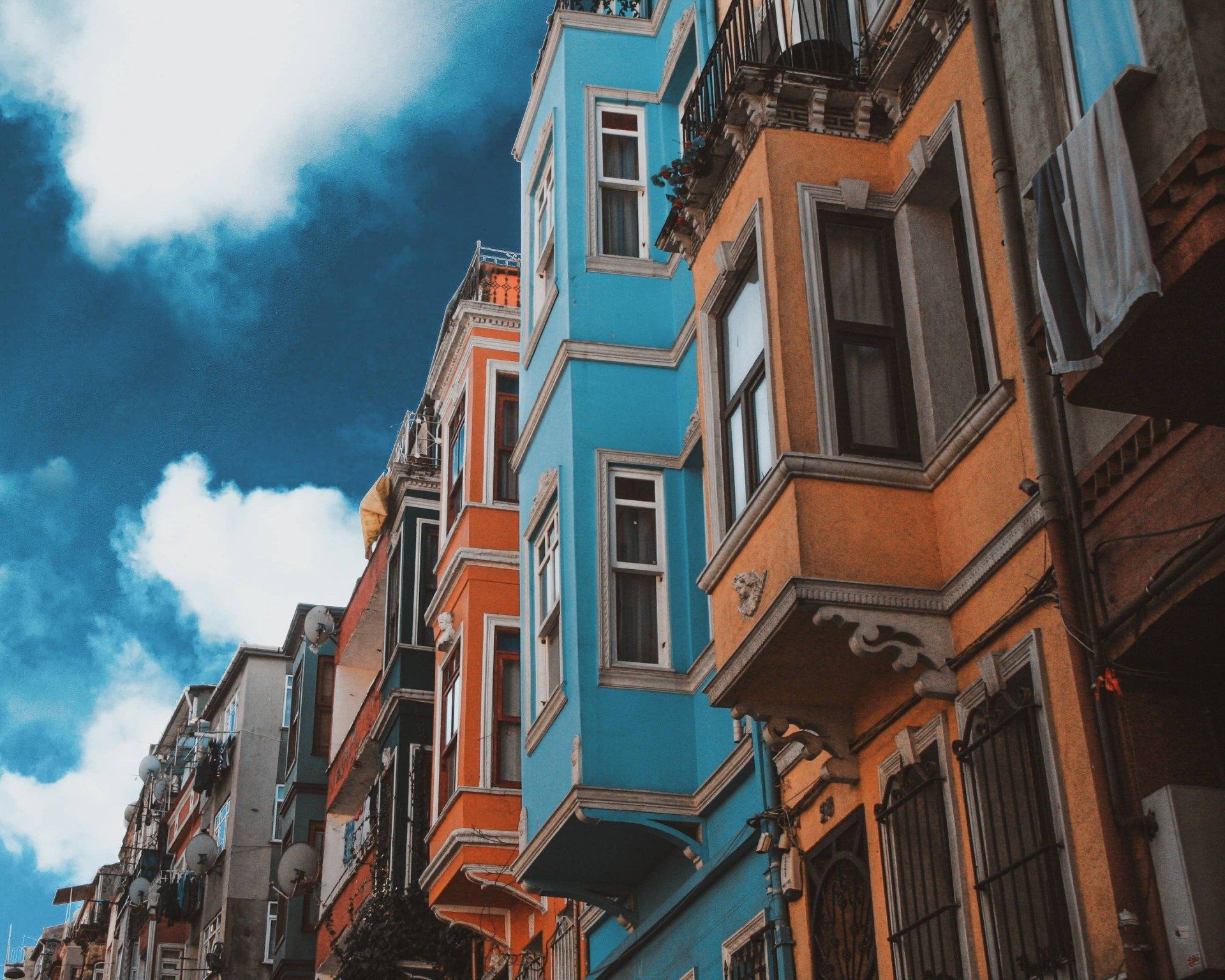
Balat, this beautiful region of Istanbul, was a place where Jewish, Christian and Muslim people lived together. The place, which hosts this sincerity and friendship, of course has a very rich culture.
Cibali Region
The Cibali neighborhood is located within the city walls. It is neighbors to Fener, Balat, Eminönü and Tahtakale.
Ottoman-made baths and mosques in the neighborhood attract attention.
It was named after Cebe Ali, an Egyptian soldier during the Ottoman period. During the conquest of Istanbul, Cebe Ali frightened and kidnapped the Byzantine soldiers in this region. Therefore, the region was called “Cebeali”. “Cebeali” has become “Cibali” over time.
Cibali Tobacco Factory / Kadir Has University
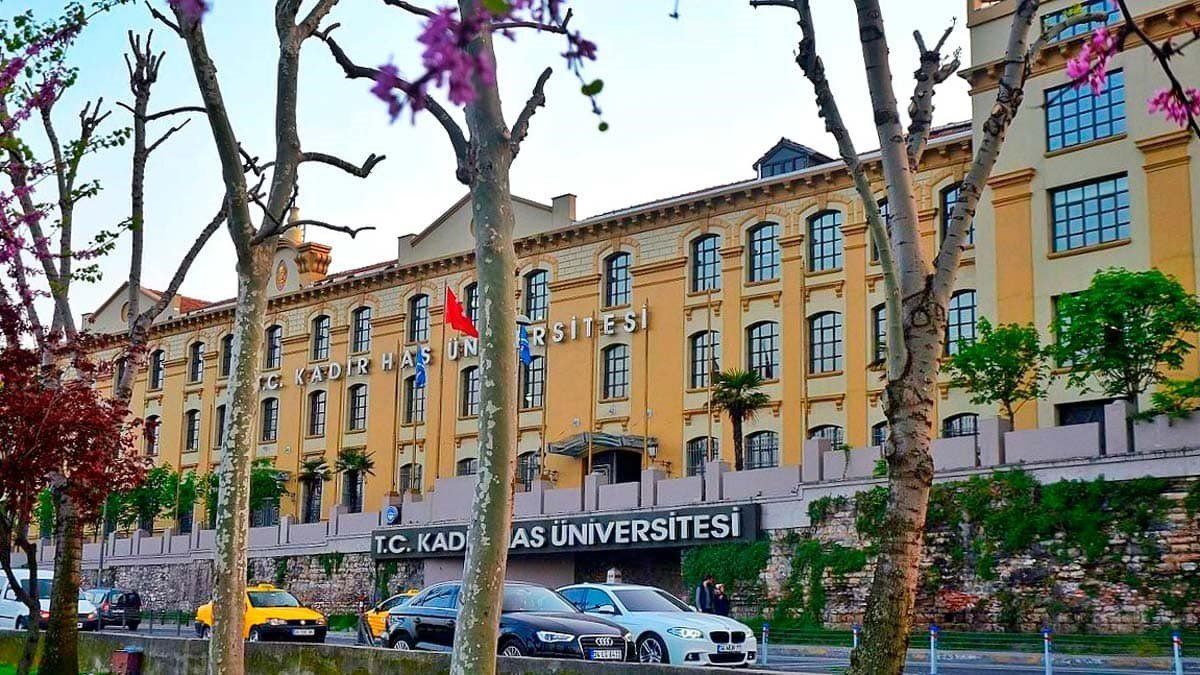
This building, which used to be the Reji Company building during the reign of Abdulhamit II, today serves as Kadir Has University. The Reji Company held the tobacco monopoly in 1884.
The architect of the building is Alexandre Vallaury. The building is one of the first modern factories made with Western-style materials.
The factory has approximately 2100 employees during its peak years. There are even nurseries where women working in the factory can leave their children.
In this factory, the first Turkish domestic cigar in 1946 and the first domestic cigarette in 1956, Samsun, were produced here. This large factory closed in 1995. It was opened to education as Kadir Has University in 2002.
While the building was being restored, a Byzantine period (13th century) cistern was found under the building. A 16th century Ottoman bath was found on the cistern. Both buildings are covered with glass to protect them.
Küçük Mustafa Pasha Bath
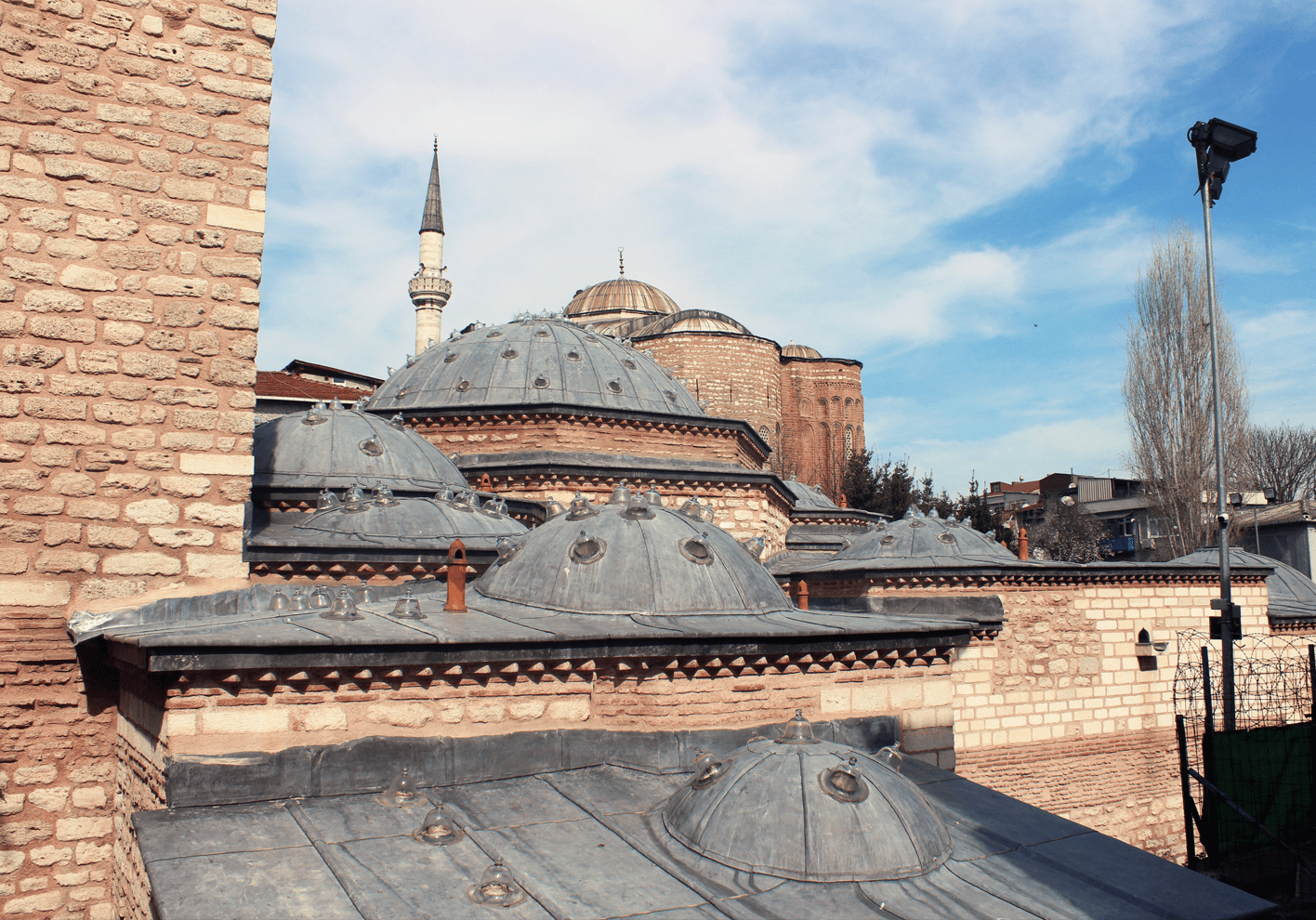
Küçük Mustafa Pasha Bath is the largest Turkish bath in Istanbul. There is a marble pool in the middle of the bath.
Rose Mosque
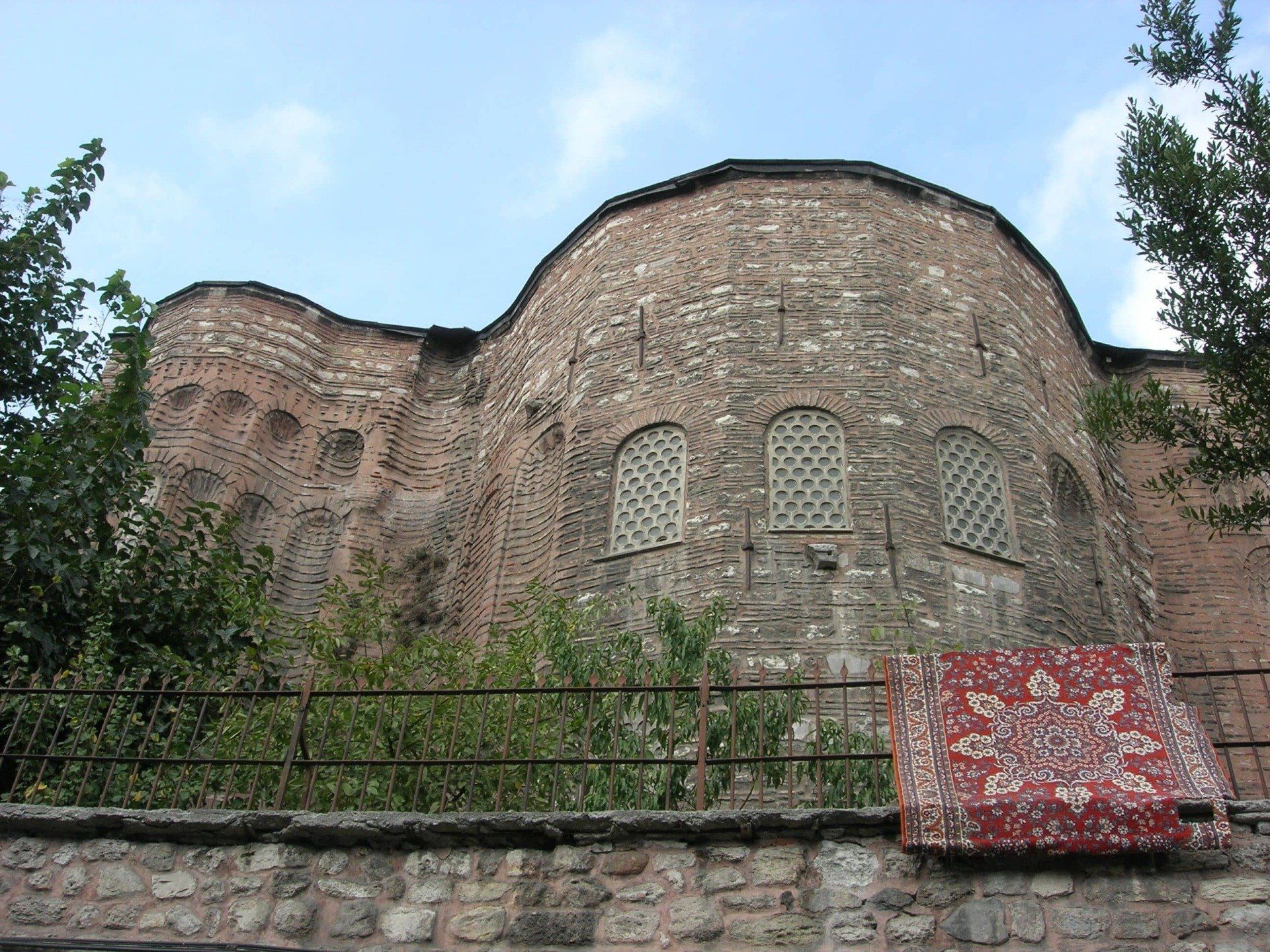
This is the Hagia Theodosia Church built by Byzantine Emperor Leon III in the 8th century. The woman named Teodosia was executed by various tortures because she was among those who reacted to the breaking of icons between the years 726-842.
In the 9th century, this church was built in the name of Teodosia, who was declared a saint after his death. In 1453, after Istanbul passed to the Ottoman Empire, it was converted into a mosque.
Ayakapı Bath
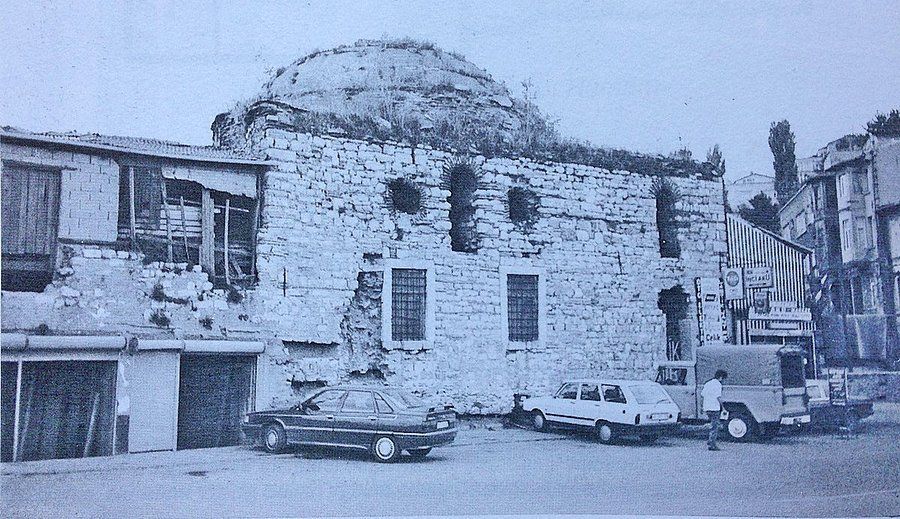
The Ayakapı Bath, which is now in ruins, was built by Mimar Sinan by Nurbanu Sultan, the mother of Murat III, in 1582.
It has been carefully built for the use of people of different religious beliefs. Those of different religions used towels in different colors and used reserved areas for them.
Fener Region
This region, which was called Petrion in the Byzantine period, was named “Fener”, inspired by the lighthouse on its shore in the Ottoman period.
While walking towards Balat, it is the Greek neighborhood after Cibali.
Important buildings such as Fener Greek Orthodox Patriarchate, Metrology Church, Private Maraşlı Greek Primary School and Fener Greek Boys High School are located here.
Private Maraşlı Greek Primary School
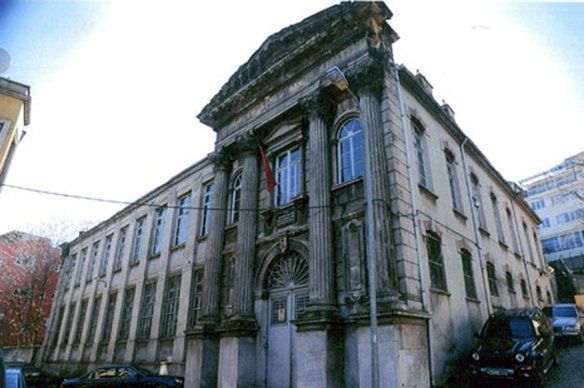
It is a school built by Odessa Mayor Grigoris Maraslis.
The school building, which was opened for education in 1901, is in the Neo-Classical style. It has a Corinthian colonnade, a triangular pediment, and a door that looks like the entrance of ancient Greek temples.
Education continues today as a primary school.
Fener Greek Orthodox Patriarchate
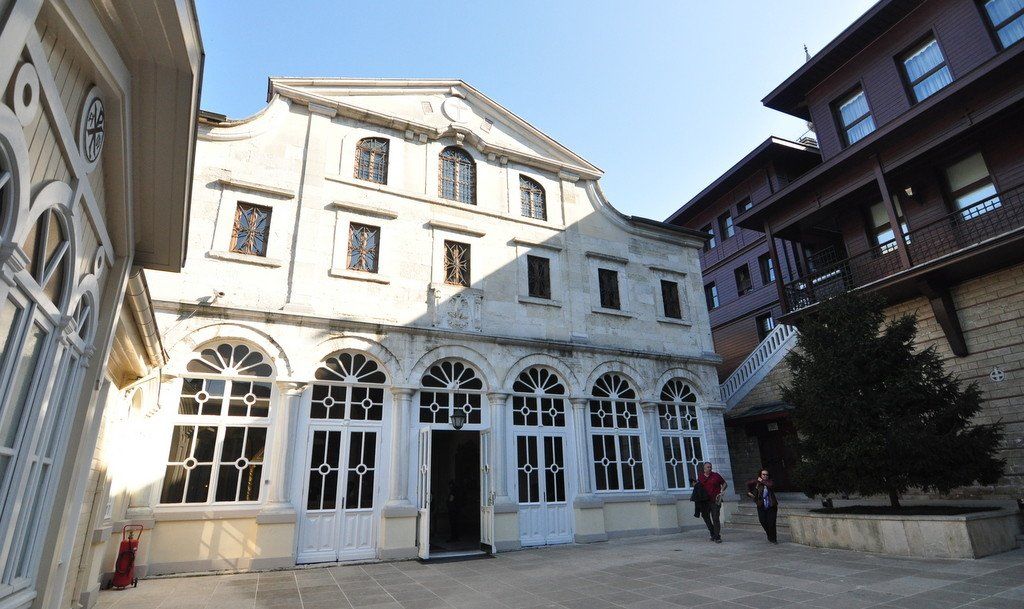
For the Orthodox world, the Ecumenical Patriarchate of Constantinople is the religious center. The Patriarch here is the religious leader of the entire Orthodox world. Here is the most important churches in Turkey.
The church was turned into a patriarchate during the period of Patriarch Mattihaios II between 1595-1602.
There are 3 wooden doors at the entrance of the Patriarchate. The door in the middle has been locked since 1821 and has never been opened.
This door in the middle is the door that Patriarch Grigoryos was hung with a rope on the grounds that he betrayed the state. Grigoryus, who was executed, was hung here for 3 days, and then he was dragged from his feet and thrown into the Golden Horn.
There is the Patriarch’s crown at the entrance of the Patriarchate.
Once inside, there is an area where you can make wishes by lighting candles.
In the church; 5th century Patriarch’s Throne, gold plated panel, Hz. There is a part of the column where Jesus was tied and whipped before he was crucified, the depiction of the holy Aya Yorgi, the icons of the Virgin Mary and children and the sarcophagi of 3 saints.
Dimitri Kantemir Museum
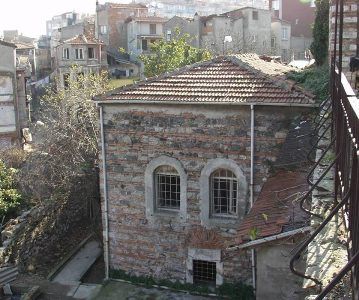
Dimitri Kantemir is a Romanian Prince who was brought to Istanbul as a hostage at the age of 15.
Placed in Balat, Kantemir studied at Fener Greek High School for Boys. The prince, who speaks 11 languages, did not know the Western style notation system and developed a note system of his own.
The prince, who was appointed to the Principality of Moldavia, took refuge in the Russians against the Ottoman Empire and became the adviser of the Russian Tsar. It has been declared the national hero of Romania.
In 2007, the house where he stayed in Istanbul was opened as the Dimitri Kantemir Museum with a ceremony attended by the President of Romania.
Private Yoakimyon Greek Girls High School
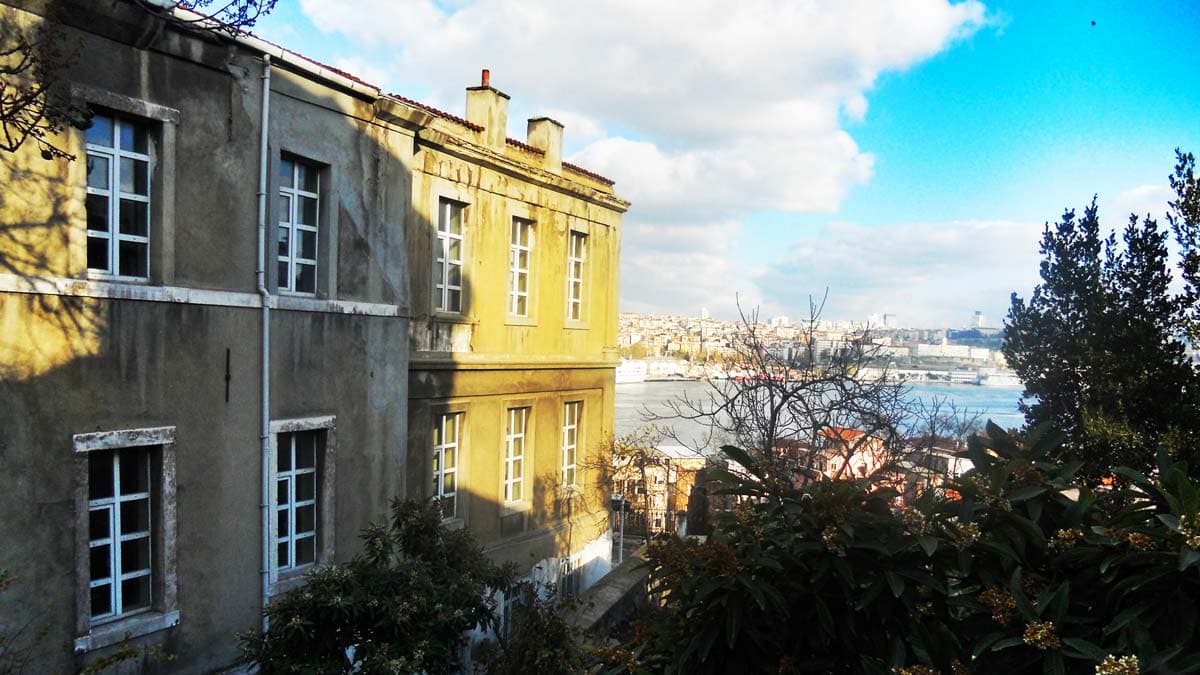
The school land was donated by Fener Greek Patriarch Yoakim II, who supported the education of girls.
The school, which started education in 1882, is famous for its quality. Students from outside of Istanbul have also accepted.
The school, which closed in 1988 due to not having enough students, is still idle.
Mongolian Saint Mary’s Church (Bloody Church, Panagia Muhliotissa)
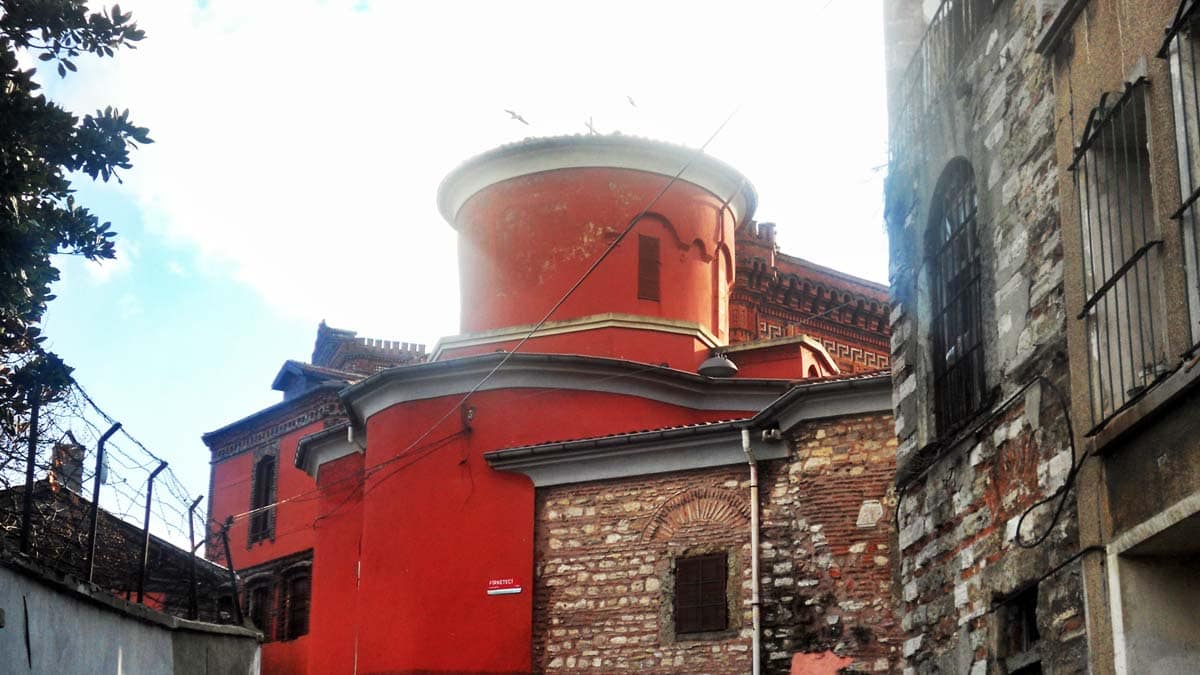
The Mongols’ Church of Saint Mary (Bloody Church) is the only church that has been worshiped continuously since the Byzantine period.
According to a story; The Byzantine Emperor Michael Palaiologos wanted to marry his daughter Maria Despina Palaiologina with the Ilkhanid ruler Hülagü Han, who was a Mongolian state in 1264. But Maria got married to her son Abakan Han after the death of Hülagü Han. Abaka Khan converted to Christianity. Upon Abakan’s death, Maria was sent back to Istanbul. When Maria returned to Istanbul, she built a women’s monastery near the current church.
Upon the request of the architect Greek Hristodulos (Atik Sinan Pasha), who built the Fatih Mosque after Istanbul was conquered by the Ottoman Empire, Panayia Muhliotissa Church was untouched and remained as a church. The relevant edict of Fatih Sultan Mehmet is still on display in the church.
It is the only church with a four-leaf clover plan remaining from the Byzantine period.
The reason why the other name of the church is Bloody Church is told in two different stories.
In the first story, it is told that the blood of Byzantine soldiers flowed from the hill where the church was located when Istanbul was conquered. In the second story, the soldiers killed the people in the church and the whole place was covered with blood.
Fener Greek Boys’ High School (Red School)
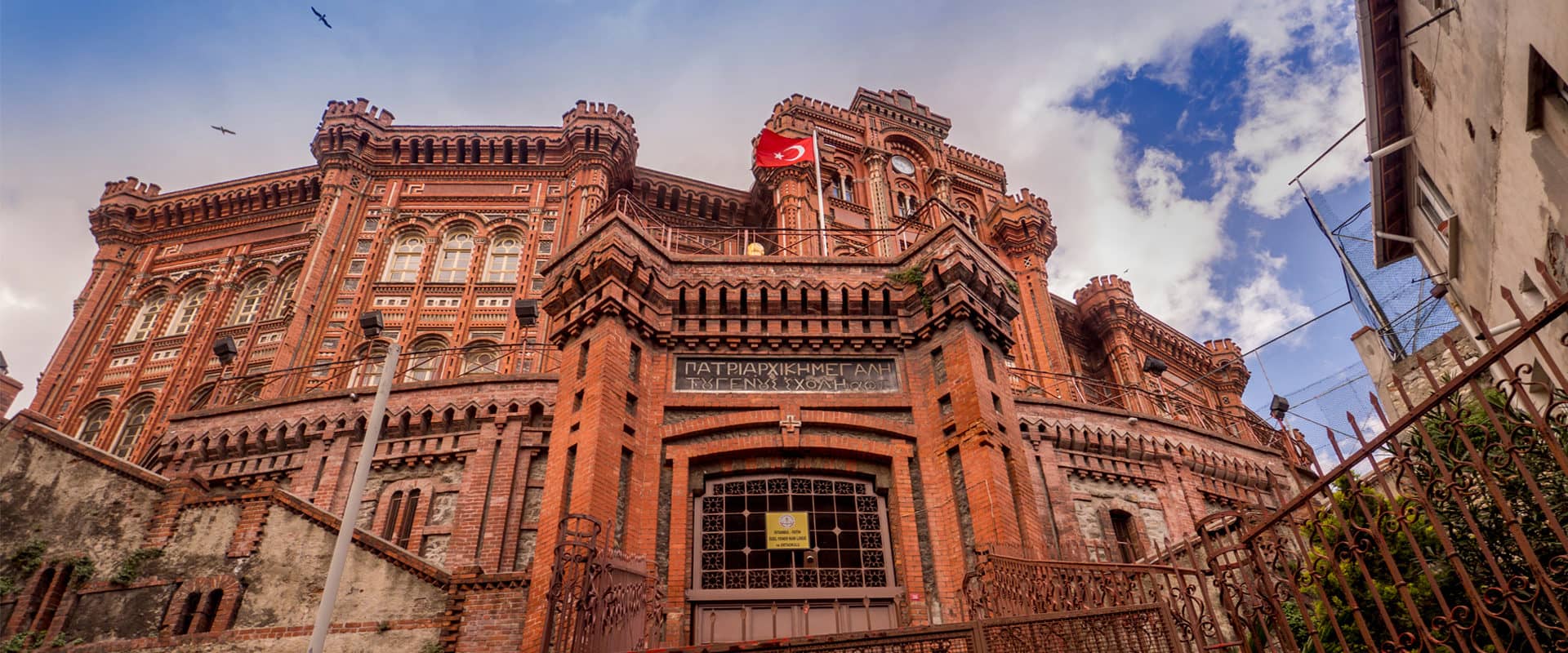
Attracting attention with its splendor, Fener Greek Boys’ High School is often confused with the Fener Greek Orthodox Patriarchate.
The school building, also known as the Red School, was completed in 1883. The 3-storey building with a capacity of 600 people is built with red bricks. Its architect is Dimadis.
Fener Greek Boys’ High School is the oldest school opened by the Greeks in Istanbul. During the Byzantine period, it served as the Patriarchate Academy.
The school, where education was given religious education until the 19th century, passed to classical education in 1861. Education still continues today.
Metrology Church
It is not known exactly when it was built.
The Metrology Church, which is an Orthodox church, is not affiliated with the Fener Greek Patriarchate like the others. Because this church was built by the Jerusalem Patriarchate as its own branch.
There are 5000-year-old plane trees in the garden of the church. There is also a double-headed eagle figure, the symbol of patriarchy, mounted on the wall.
The original parchments of the works of the famous mathematician and physicist Archimedes in the 10th century are here.
This important scrolls were smuggled from Turkey sold $ 2 million in 1998, in New York. It is exhibited at the Walters Art Museum in Baltimore, USA.
